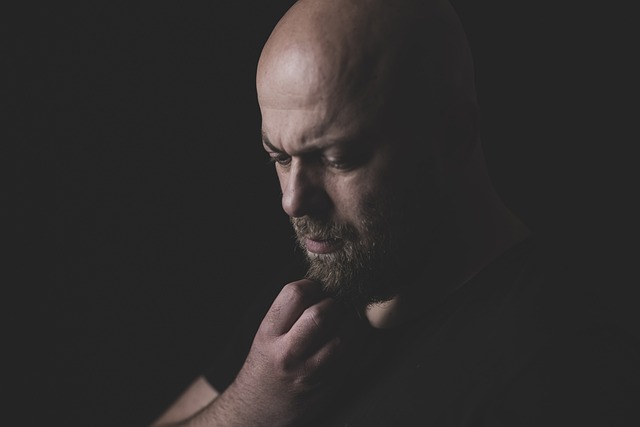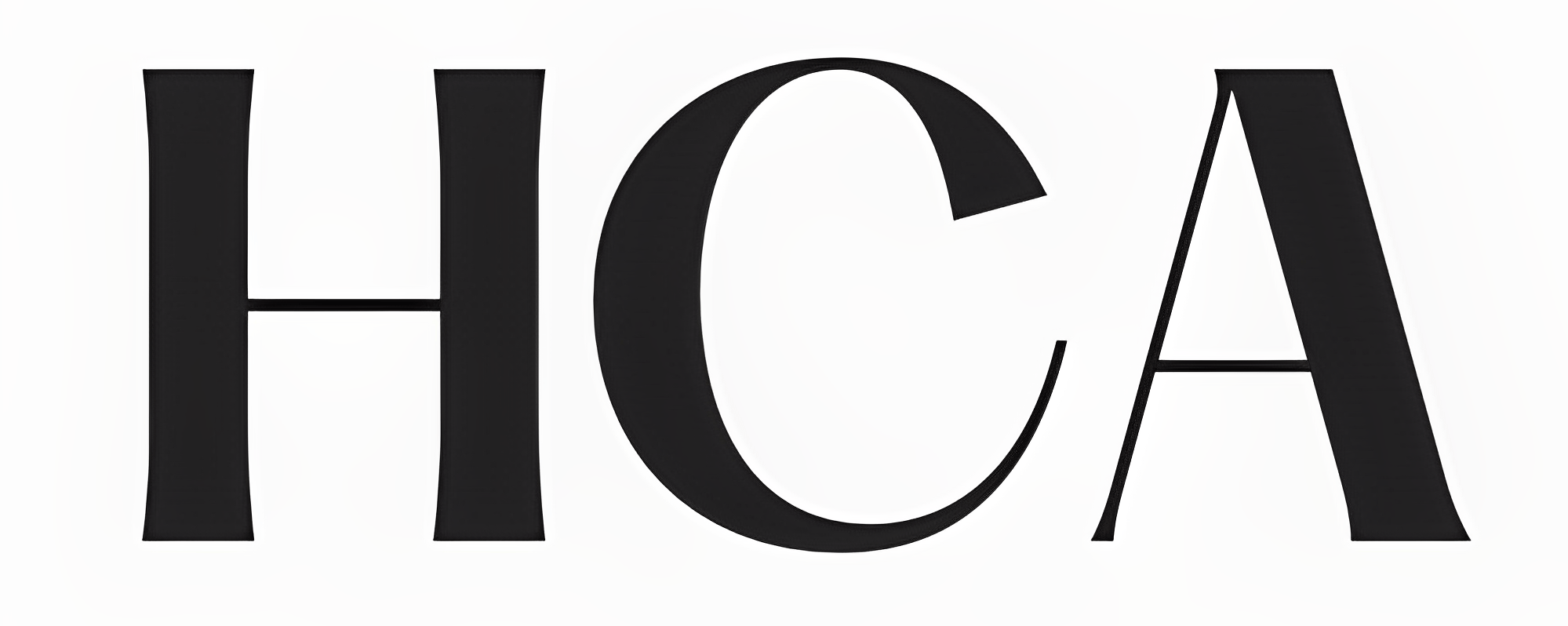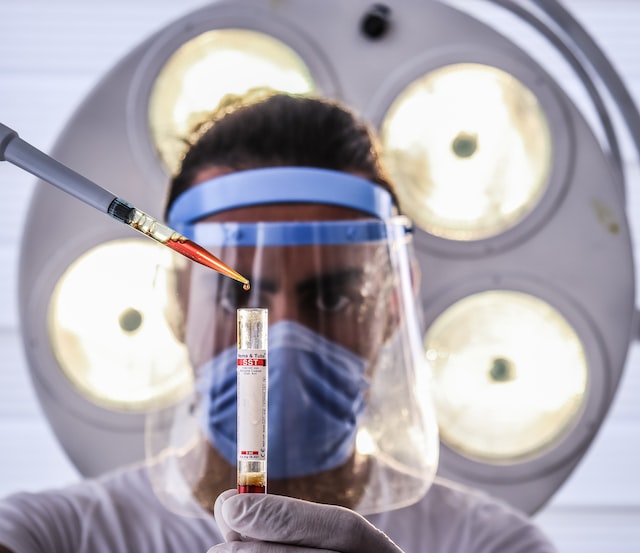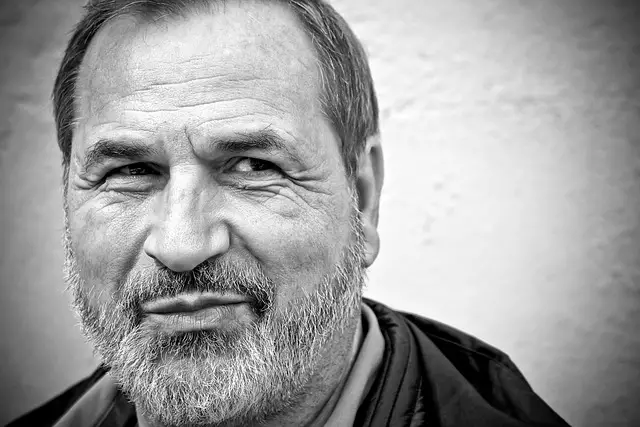Body Hair (Leg, Chest, Pubic, Beard) For Hair Transplant: Is it possible?

Are you curious about the possibility of hair transplant using body hair?
In this informative blog post, we will explore the world of hair transplants and dive into the details of using body hair for this procedure.
We will cover what a hair transplant is, how it’s done, and discuss the differences between scalp hair and body hair.
By the end of this article, you’ll have a clear understanding of when and how body hair can be used for hair transplants. So, let’s get started!
What is Hair Transplant and How it is Done?
A hair transplant is a surgical procedure that involves removing hair follicles from a donor area, typically the back or sides of the head, and transplanting them into the balding or thinning areas on the scalp.
The goal of a hair transplant is to restore hair growth and improve the appearance of the affected area.
Hair transplants are done using two primary techniques: Follicular Unit Transplantation (FUT) and Follicular Unit Extraction (FUE).
FUT involves removing a strip of skin with hair follicles from the donor area, while FUE extracts individual hair follicles directly from the donor site. Both methods have their advantages and disadvantages, but the ultimate goal is the same: to provide natural-looking, permanent results.
From Where Hair is Taken for Hair Transplant
The hair used for transplantation is typically taken from the patient’s own scalp, specifically from the back or sides of the head.
This area is referred to as the ‘donor site.’ The rationale behind this choice is that hair in these areas is genetically resistant to balding, meaning it continues to grow throughout the life of most men and women suffering from pattern baldness.
The method of extraction usually follows one of two techniques: Follicular Unit Transplantation (FUT) or Follicular Unit Extraction (FUE).
In FUT, a strip of scalp is removed from the donor site and then dissected into individual follicular units. In FUE, individual follicular units are directly extracted from the scalp.
Can Body Hair be Used for Hair Transplant?
The hair used for transplantation is traditionally taken from the patient’s scalp, specifically the back or sides of the head, due to its resilience to balding.
However, not all patients have sufficient scalp hair for transplantation, especially if they have advanced hair loss, or if they have previously undergone hair transplant procedures. In such cases, surgeons may resort to body hair transplantation (BHT).
Body Hair Transplantation (BHT) refers to the use of non-scalp hair as donor hair for transplantation.
The most common body areas for hair extraction are the beard, chest, and back. Each has its own characteristics that can be advantageous depending on the patient’s needs.
Beard hair is often the first choice for BHT. It tends to be robust and dense, and can provide a substantial number of grafts.
The texture of beard hair is usually coarser than scalp hair, making it a good option for adding density to existing hair.
Chest and back hair are also used in BHT. Although these hairs are generally finer than scalp and beard hair, they can still add volume and coverage, especially when scalp hair is in short supply.
However, the use of body hair for transplantation is not without its challenges. The growth cycle of body hair differs from scalp hair; body hair usually has a shorter anagen (growth) phase and a longer telogen (resting) phase.
This means body hair typically grows slower and not as long as scalp hair. Furthermore, the extraction of body hair can be more uncomfortable and may leave more noticeable scarring.
Moreover, the texture and color of body hair might not perfectly match the hair on the scalp. It is also important to note that the direction and angle of body hair growth are often different from scalp hair, which can impact the final aesthetic result.
Despite these challenges, body hair transplantation can be a viable solution for patients who lack adequate scalp donor hair. It can particularly be beneficial in cases where it’s used to supplement scalp donor hair rather than replace it completely.
For instance, body hair can be used to add density in larger bald areas, while scalp hair can be used in visible areas like the hairline for a more natural look.
However, BHT requires specialized skills and experience on the part of the surgeon, given its technical demands and the delicate nature of body hair follicles.
Therefore, it’s crucial to seek a hair transplant surgeon with specific experience in BHT.
When is Body Hair Used for Hair Transplants?
Body hair is typically used for hair transplants when there is not enough donor hair available on the scalp.
This situation can occur in cases of severe baldness (Norwood 6 or 7), where the donor area lacks healthy and suitable hair for transplantation.
In some instances, body hair may also be used in conjunction with scalp hair to increase the density of the transplanted area.
What are the Different Body Hairs That Can Be Used?
In some cases, when a patient does not have sufficient donor hair on the scalp, hair can be harvested from other parts of the body for transplantation. This is known as Body Hair Transplantation (BHT). BHT is typically considered a secondary option, as scalp hair is most similar to the hair on the top of the head in terms of growth rate and texture.
The most common sites for body hair extraction are the beard, chest, and back. Beard hair is often preferred due to its robust nature and relatively high density. However, it’s worth noting that beard hair has a different texture compared to scalp hair and usually grows in a different direction.
Chest and back hair can also be used. These hairs are usually finer than scalp hair but can still provide a viable option if scalp or beard hair is insufficient.
However, the use of body hair for transplantation presents challenges.
The hair growth cycle of body hair is different from that of scalp hair, and body hair typically does not grow as long as scalp hair. Additionally, extracting hair from these areas can be more uncomfortable for the patient and may leave visible scarring.
While scalp hair remains the most ideal choice for hair transplantation, body hair provides an alternative for patients with limited scalp donor hair.
The suitability of body hair transplantation varies from patient to patient and should be discussed in detail with a qualified hair transplant surgeon.
Conclusion
In conclusion, hair transplants using body hair are indeed possible, but not all body hairs are suitable for the procedure.
Androgen-sensitive hairs from the beard, axillae, chest, and pubis are the best options for transplantation.
However, it’s important to remember that body hair will not grow as long as scalp hair due to its shorter growth phase.
If you’re considering a hair transplant, consult with a qualified hair transplant surgeon to discuss your specific situation and the best options available to you






